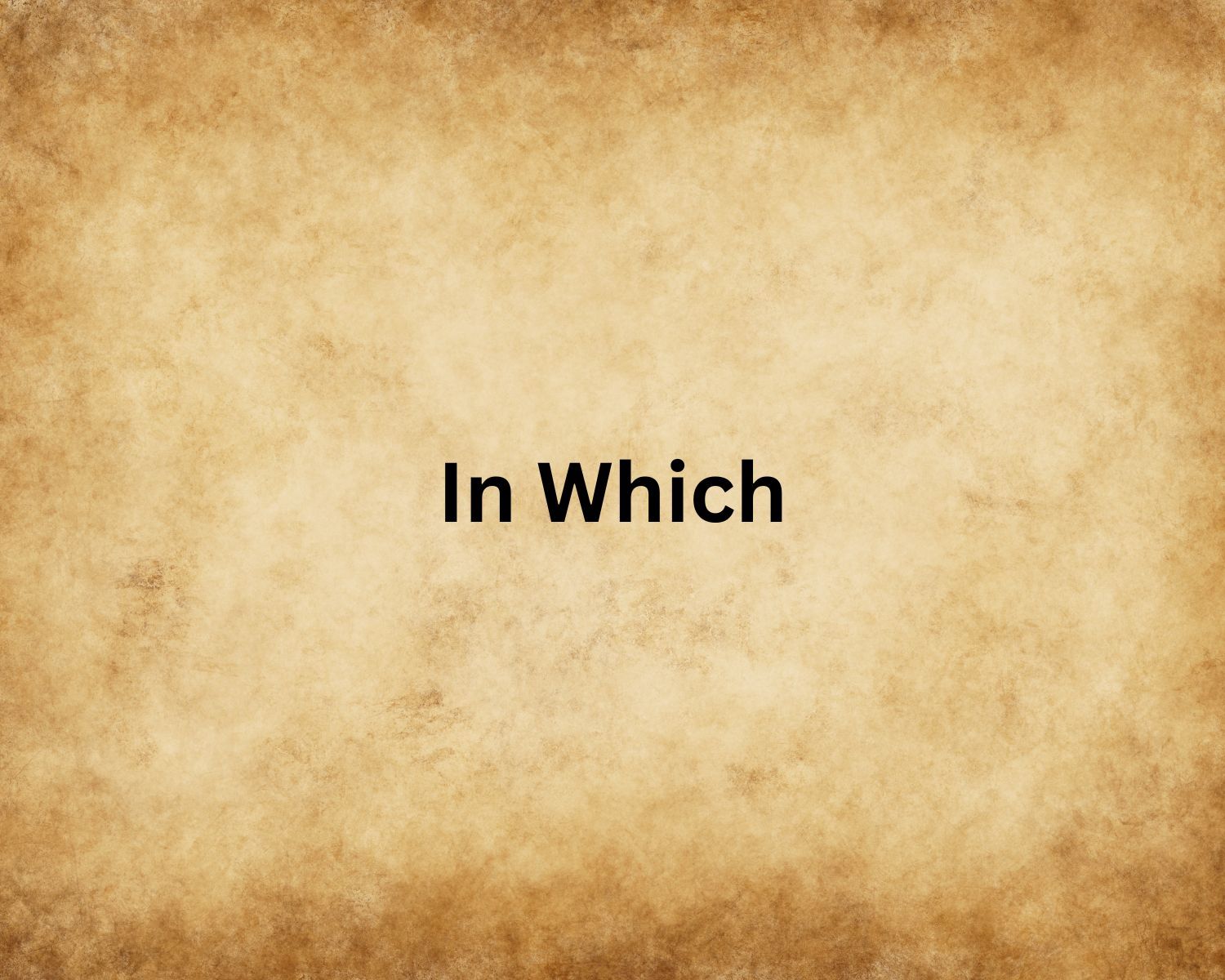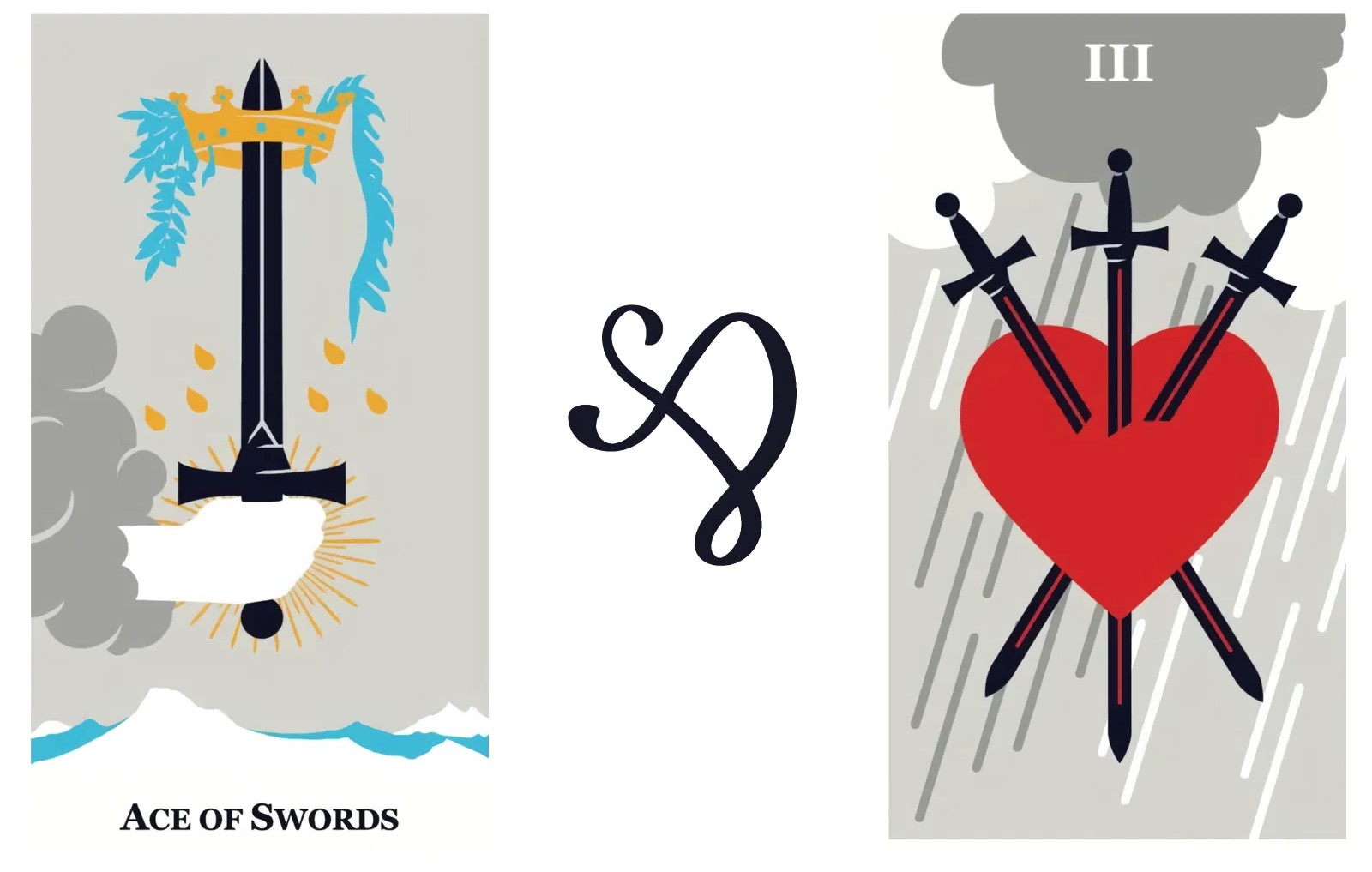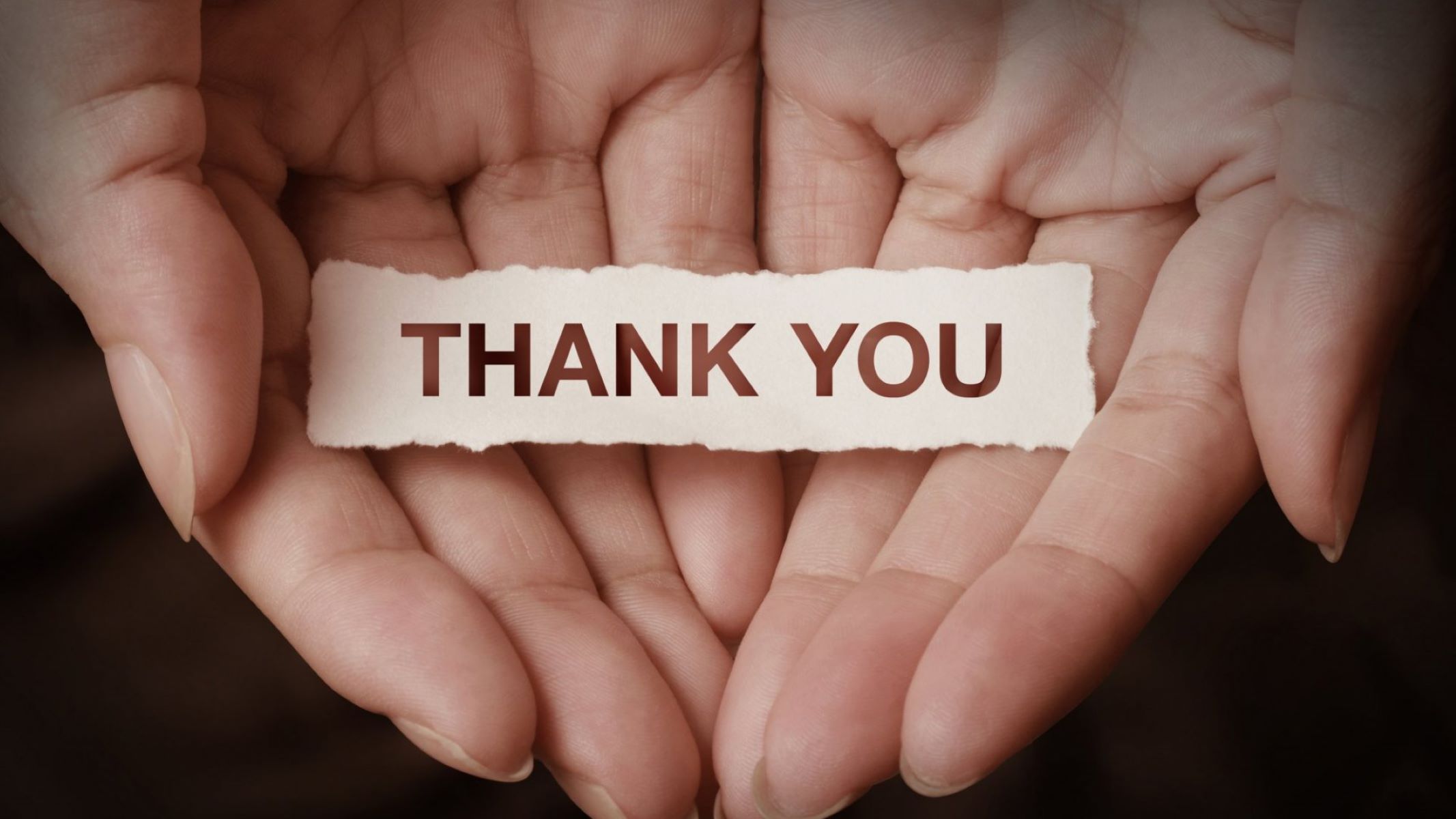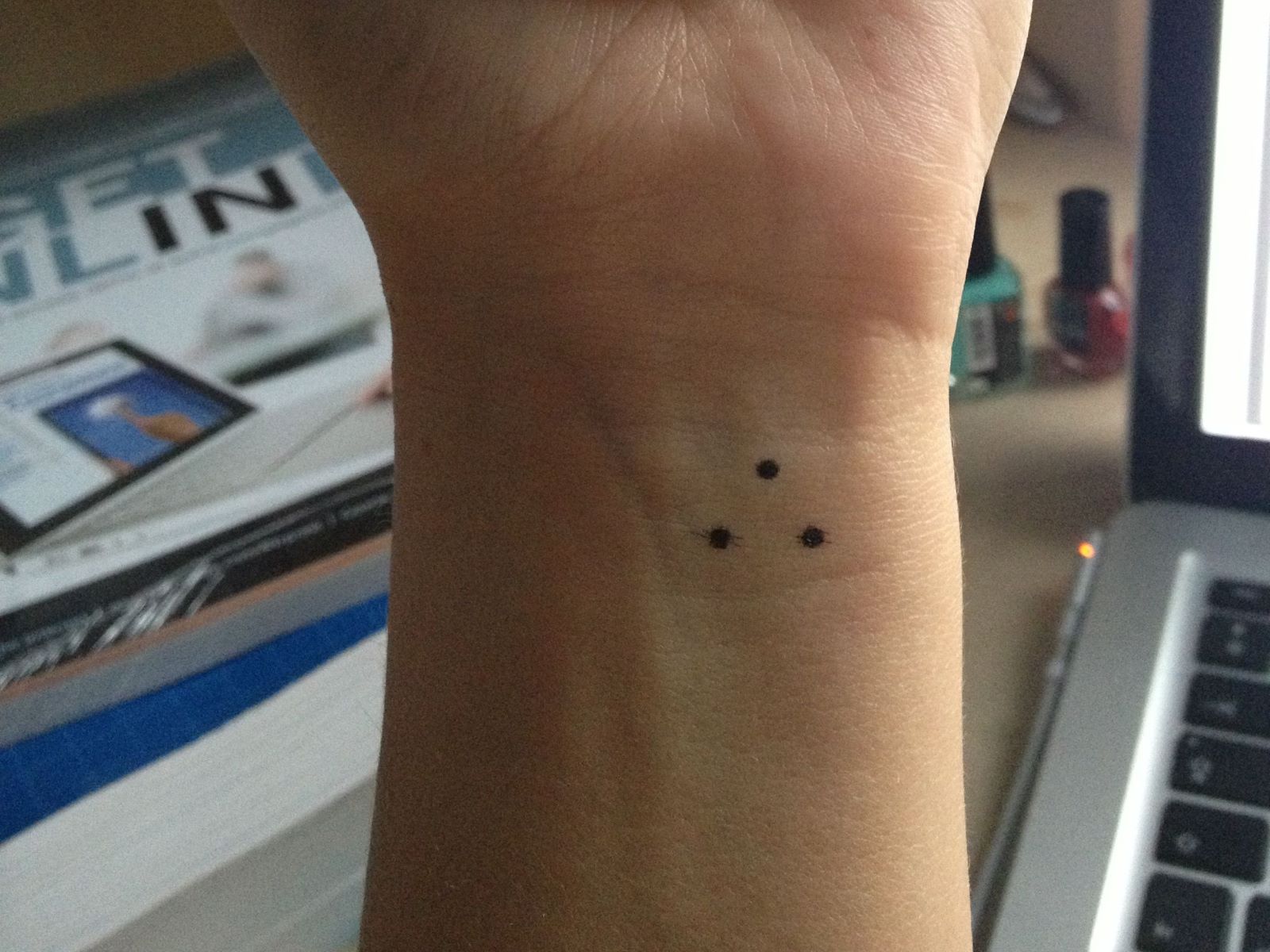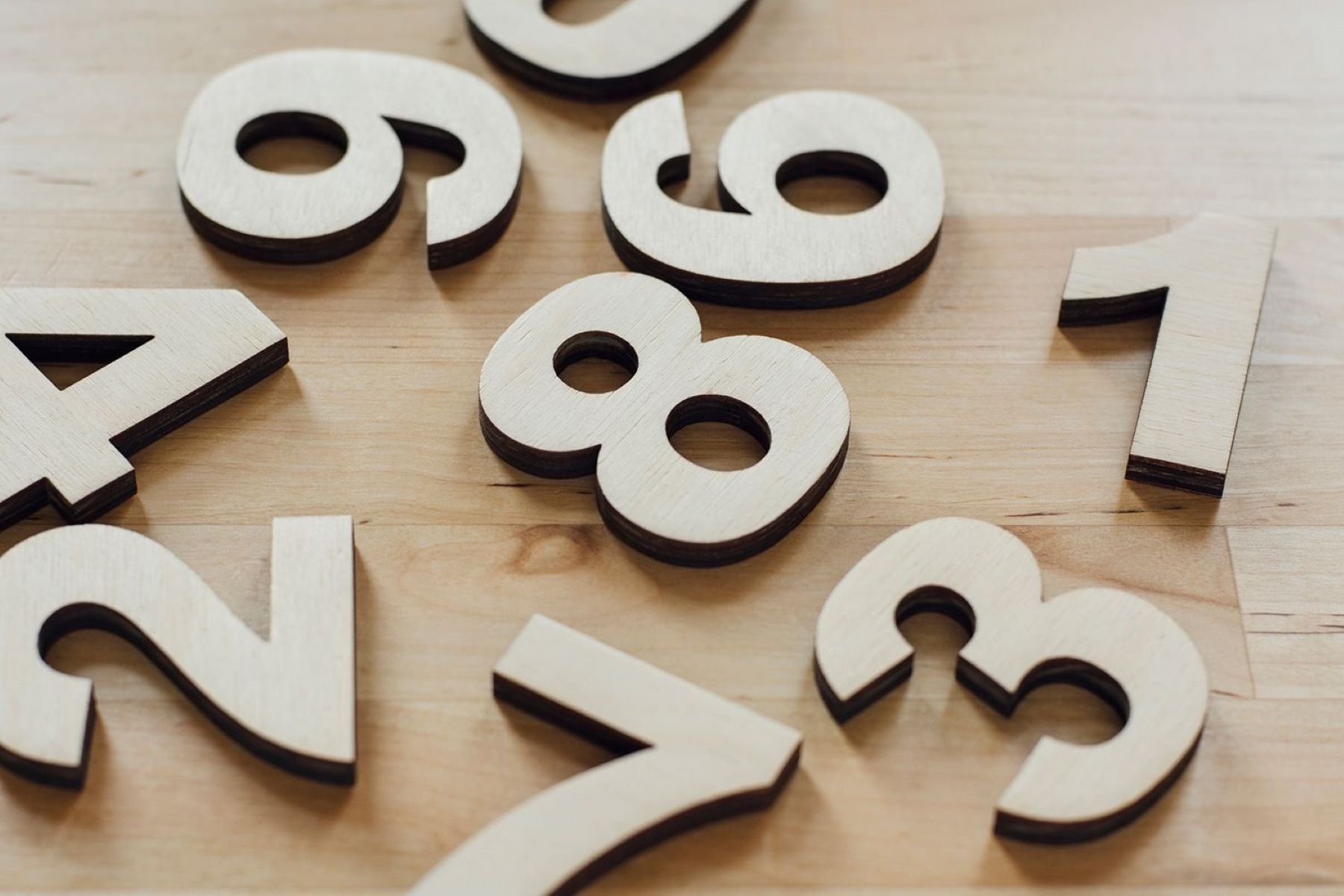Home>Arts and Culture>The Power Of Threes: Discover The Surprising Things That Come In Trios!


Arts and Culture
The Power Of Threes: Discover The Surprising Things That Come In Trios!
Published: February 4, 2024
Explore the fascinating world of threes in arts and culture. Uncover the unexpected significance of trios and their impact on creativity and expression.
(Many of the links in this article redirect to a specific reviewed product. Your purchase of these products through affiliate links helps to generate commission for Regretless.com, at no extra cost. Learn more)
Table of Contents
Introduction
The rule of three, a principle deeply embedded in human perception and communication, holds a fascinating sway over various aspects of our lives. From storytelling and design to psychology and nature, the concept of threes exerts a profound influence that captivates our attention and resonates with our cognitive processes.
Throughout history, the rule of three has been a recurring motif, revered for its ability to create a sense of completeness and satisfaction. Whether consciously recognized or subconsciously absorbed, the power of threes has an undeniable presence in our daily experiences, often manifesting in unexpected and intriguing ways.
In this exploration of the rule of three, we will delve into the surprising significance of trios across diverse domains. From unraveling the role of trios in effective communication to unraveling their impact on comedic timing and photography, we will uncover the remarkable ways in which the number three shapes our perceptions and experiences.
Join us on this captivating journey as we unravel the enigmatic allure of the rule of three and discover the surprising things that come in trios.
The Rule of Three in Communication
The rule of three is a potent tool in the realm of communication, serving as a fundamental principle that underpins effective messaging and resonates deeply with audiences. This age-old concept asserts that information presented in threes tends to be more engaging, memorable, and persuasive. Its pervasive influence can be observed across various forms of communication, from speeches and presentations to marketing campaigns and rhetoric.
One of the primary reasons behind the rule of three's efficacy lies in cognitive psychology. Our brains are adept at processing information in patterns, and the number three holds a unique allure. When information is presented in threes, it creates a sense of rhythm and balance, making it easier for the audience to absorb and retain. This phenomenon, known as the "tricolon," has been harnessed by orators and writers throughout history to craft compelling narratives and persuasive arguments.
In the realm of public speaking, the rule of three serves as a powerful tool for structuring content and delivering impactful messages. Whether used in the form of three key points, three examples, or three rhetorical devices, the triadic structure enhances clarity and memorability. By leveraging the rule of three, speakers can create a cadence that captures the audience's attention and reinforces the key takeaways of their discourse.
Moreover, the rule of three finds widespread application in marketing and advertising. Countless successful ad campaigns have harnessed the persuasive power of trios to convey memorable slogans, such as "reduce, reuse, recycle" and "faster, higher, stronger." This strategic application of the rule of three aligns with the principle of brevity and impact, enabling brands to communicate their value propositions in a succinct and compelling manner.
In the digital age, the rule of three continues to shape effective communication, particularly in the realm of content creation. Whether crafting blog posts, social media content, or video scripts, content creators often employ the rule of three to structure their messaging and engage their audience. By distilling complex ideas into three succinct points or using the "beginning, middle, end" framework, communicators can enhance the coherence and impact of their content.
In essence, the rule of three serves as a timeless guide for communicators seeking to maximize the impact of their message. By embracing the rhythmic cadence and cognitive resonance of triadic structures, communicators can elevate their content, capture attention, and leave a lasting impression on their audience. This enduring principle continues to underscore the art of effective communication, showcasing the enduring relevance of the power of threes in engaging and influencing others.
The Power of Trios in Storytelling
In the realm of storytelling, the rule of three reigns supreme as a potent and timeless device that infuses narratives with depth, resonance, and emotional impact. From ancient myths and folklore to modern literature and cinema, the pervasive presence of trios in storytelling is a testament to the enduring allure of this narrative technique.
One of the most prevalent manifestations of trios in storytelling is the archetype of the three-act structure. This classic framework, consisting of the setup, confrontation, and resolution, has served as the backbone of countless narratives, from epic sagas to intimate character-driven tales. The triadic nature of this structure mirrors the natural cadence of storytelling, offering a cohesive and compelling progression that captivates audiences and imbues narratives with a sense of completeness.
Moreover, trios play a pivotal role in shaping characters and relationships within stories. The dynamic interplay of triadic relationships, such as the hero, the mentor, and the antagonist, or the id, ego, and superego, adds layers of complexity and nuance to character dynamics. This triangular configuration creates a rich tapestry of conflict, growth, and resolution, providing a fertile ground for character development and thematic exploration.
In addition, the rule of three manifests in the narrative motifs and plot structures of stories, contributing to their enduring resonance. Whether in the form of three trials, three wishes, or three siblings, the motif of trios infuses narratives with a sense of rhythm and symmetry, enhancing their emotional impact and thematic significance. This recurring pattern of threes serves as a narrative anchor, guiding audiences through the transformative journey of the characters and reinforcing the underlying themes of the story.
Furthermore, the power of trios extends to the realm of storytelling techniques, where it influences the crafting of compelling dialogue, impactful imagery, and resonant symbolism. By leveraging the rule of three in dialogue, writers can imbue conversations with a natural flow and dramatic tension, creating memorable exchanges that resonate with authenticity and emotional depth. Additionally, the strategic use of triadic imagery and symbolism adds layers of meaning and resonance to the narrative, evoking a sense of unity, conflict, and resolution that resonates with audiences on a profound level.
In essence, the power of trios in storytelling is a testament to the enduring impact of this narrative device. From shaping narrative structures and character dynamics to infusing stories with thematic resonance and emotional depth, the rule of three stands as a timeless cornerstone of compelling storytelling, enriching the tapestry of human experience with its enduring allure.
The Impact of Trios in Design
The influence of the rule of three in design is profound, permeating various disciplines such as graphic design, architecture, and visual arts. This enduring principle shapes the way designers conceptualize, organize, and present their creations, yielding impactful and visually compelling outcomes.
In graphic design, the strategic application of trios plays a pivotal role in creating balanced compositions and engaging visual experiences. The rule of three guides designers in arranging elements such as images, text, and shapes to establish a harmonious equilibrium that captures the viewer's attention. Whether through the use of triadic color schemes, the placement of three focal points, or the incorporation of three distinct visual elements, designers harness the inherent appeal of trios to craft visually striking and cohesive designs.
Furthermore, the rule of three influences the layout and structure of interfaces in web and user experience design. By adhering to the principle of grouping content or navigation elements in threes, designers enhance the user's ability to process information and navigate interfaces intuitively. This deliberate application of trios fosters a sense of visual hierarchy and facilitates a seamless user experience, underscoring the rule of three's practical significance in the digital realm.
In architectural design, the rule of three manifests in the form of tripartite structures, spatial divisions, and design elements. From the classical proportions of the Doric, Ionic, and Corinthian columns to the triadic arrangement of facades and interior spaces, the principle of threes imbues architectural compositions with a sense of balance, rhythm, and visual interest. This deliberate integration of trios reinforces the enduring appeal of architectural designs, resonating with human perception and evoking a profound sense of harmony and proportion.
Moreover, the impact of trios in design extends to the realm of product design, where it influences the creation of aesthetically pleasing and functional products. Whether in the form of triadic product features, modular design elements, or tripartite product packaging, designers leverage the rule of three to optimize the visual appeal and user experience of their creations. This deliberate integration of trios reflects a nuanced understanding of human perception and aesthetics, underscoring the rule of three's role in shaping consumer preferences and product desirability.
In essence, the impact of trios in design is a testament to the enduring influence of this principle across diverse creative disciplines. From graphic design and architecture to user experience and product design, the rule of three continues to shape the visual landscape, enriching the world with its timeless appeal and profound impact on human perception and creativity.
The Psychological Influence of Trios
The psychological influence of trios permeates the fabric of human cognition, exerting a profound impact on perception, memory, and decision-making processes. Rooted in cognitive psychology and behavioral studies, the rule of three holds sway over the human mind, shaping our preferences, judgments, and emotional responses in subtle yet compelling ways.
One of the primary psychological mechanisms underlying the influence of trios is cognitive fluency. The human brain is wired to seek patterns and coherence, and the number three represents a cognitive sweet spot that aligns with our cognitive processing capacities. When presented with information, choices, or stimuli in threes, individuals experience a cognitive ease that enhances their perception and comprehension. This fluency effect engenders a sense of cognitive satisfaction, making triadic information more appealing and memorable.
Moreover, the psychological influence of trios extends to the realm of decision-making and preference formation. Research in consumer behavior and marketing has revealed that presenting options or attributes in threes can significantly impact individuals' choices and preferences. Whether in the context of product offerings, menu items, or marketing messages, the strategic use of trios influences individuals' perceptions of variety, value, and desirability. This phenomenon, known as the "charm of three," underscores the persuasive power of triadic presentations in shaping consumer behavior and purchase decisions.
Furthermore, the psychological impact of trios extends to memory retention and recall. The rule of three aligns with the principles of chunking and mnemonic devices, facilitating efficient encoding and retrieval of information. Whether in the form of three-step instructions, three-word slogans, or three-part narratives, the triadic structure enhances the memorability of content and aids in information retention. This mnemonic potency of trios underscores their role in facilitating learning, communication, and knowledge transfer.
Additionally, the psychological influence of trios manifests in the realm of emotional processing and storytelling. The three-act structure, a prevalent narrative framework, mirrors the natural cadence of human emotional experiences, featuring exposition, rising action, and resolution. This triadic progression resonates with audiences on an emotional level, eliciting a sense of anticipation, tension, and resolution that aligns with the ebb and flow of human emotions.
In essence, the psychological influence of trios underscores their pervasive impact on human cognition, behavior, and emotional responses. From enhancing cognitive fluency and preference formation to facilitating memory retention and emotional engagement, the rule of three leaves an indelible mark on the intricacies of human psychology, shaping our perceptions and experiences in profound and multifaceted ways.
Read more: Creative Names For A Trio Of Friends
Trios in Nature
The pervasive influence of the rule of three extends far beyond the realms of human creativity and cognition, finding resonance in the very fabric of nature itself. From the fundamental structures of molecules to the intricate relationships within ecosystems, the omnipresent motif of trios permeates the natural world, underscoring the profound significance of threes in shaping the tapestry of life on Earth.
At the molecular level, the rule of three manifests in the form of the primary components of atoms: protons, neutrons, and electrons. This triadic arrangement forms the building blocks of matter, underpinning the chemical processes and interactions that govern the behavior of elements and compounds. Furthermore, the triadic structure of DNA, comprising three nucleotides in codons, serves as the blueprint for the genetic diversity and biological complexity of all living organisms, reflecting the inherent influence of trios in the very code of life.
In ecological systems, the rule of three manifests in the intricate interplay of producers, consumers, and decomposers, forming the foundation of energy flow and nutrient cycling within ecosystems. This triadic trophic structure sustains the delicate balance of ecological communities, highlighting the interconnectedness and interdependence of living organisms within their habitats. Moreover, the symbiotic relationships among plants, pollinators, and seed dispersers exemplify the rule of three's pervasive influence, shaping the mechanisms of reproduction and propagation that perpetuate the diversity of flora and fauna.
The natural world also abounds with triadic patterns and phenomena that captivate the imagination and inspire awe. From the primary colors of light—red, green, and blue—that combine to form the full spectrum of hues, to the three phases of water—solid, liquid, and gas—that shape the dynamics of Earth's hydrosphere, the rule of three manifests in the elemental forces and phenomena that define our planet's natural landscapes and processes. Furthermore, the triadic symmetry observed in the petals of many flowers, the branches of trees, and the structure of many organisms reflects the inherent aesthetic appeal and structural integrity of trios in nature's design.
In essence, the pervasive presence of trios in nature underscores the enduring influence of this fundamental principle on the very fabric of life. From the molecular structures of atoms to the intricate dynamics of ecosystems and the captivating patterns of the natural world, the rule of three weaves a mesmerizing tapestry that celebrates the profound significance of threes in shaping the wondrous diversity and complexity of the natural world.
The Rule of Three in Comedy
In the realm of comedy, the rule of three stands as a timeless principle that underpins the art of eliciting laughter and amusement from audiences. This comedic device, characterized by the strategic repetition of a theme or punchline three times, serves as a potent tool for crafting jokes, comedic timing, and humorous storytelling.
The rule of three operates on the premise that comedic impact and resonance are amplified through the establishment of a pattern and its subsequent subversion. By presenting a series of two expected elements followed by a third unexpected or exaggerated element, comedians harness the power of threes to create a comedic rhythm that culminates in a surprising or absurd twist, eliciting laughter and amusement from their audience.
One of the primary reasons behind the rule of three's efficacy in comedy lies in its ability to build anticipation and subvert expectations. The initial presentation of a comedic premise or setup lays the groundwork for the audience's anticipation, setting the stage for the subsequent repetition and variation of the theme. As the pattern unfolds, the audience's anticipation grows, leading to a heightened comedic payoff when the unexpected third element disrupts the established pattern, delivering a punchline that defies expectations and incites laughter.
Moreover, the rule of three serves as a powerful tool for comedic timing and pacing, allowing comedians to orchestrate the buildup and release of comedic tension. The triadic structure of jokes and comedic narratives creates a natural cadence that resonates with audiences, leading to a satisfying and impactful comedic resolution. This rhythmic progression, characterized by the establishment, reinforcement, and subversion of a comedic theme, underscores the enduring appeal of the rule of three in eliciting laughter and amusement.
Furthermore, the rule of three finds widespread application in comedic devices such as the setup, escalation, and punchline, as well as the establishment of comedic triads that amplify the absurdity and humor of a situation. Whether employed in stand-up comedy, sitcoms, or comedic sketches, the rule of three serves as a cornerstone of comedic craft, enriching the comedic landscape with its enduring ability to captivate and entertain audiences.
In essence, the rule of three in comedy stands as a testament to the timeless allure of this comedic device. From its role in building anticipation and subverting expectations to its impact on comedic timing and narrative pacing, the rule of three continues to shape the art of comedy, infusing performances and narratives with a rhythmic cadence that delights and entertains audiences with its unexpected and humorous twists.
The Rule of Three in Photography
The rule of three holds a profound significance in the realm of photography, serving as a guiding principle that shapes composition, visual storytelling, and aesthetic impact. Rooted in the principles of visual balance and harmony, this enduring concept influences the way photographers frame their subjects, organize visual elements, and evoke emotive responses from their audience.
One of the fundamental applications of the rule of three in photography is the concept of the "rule of thirds." This compositional guideline divides an image into nine equal segments using two horizontal and two vertical lines, creating a grid that guides the placement of key elements within the frame. By aligning subjects or points of interest along these gridlines or their intersections, photographers can establish a visually dynamic and balanced composition that draws the viewer's gaze and enhances the overall impact of the image.
Moreover, the rule of three influences the narrative and emotional resonance of photographic storytelling. Whether capturing landscapes, portraits, or documentary scenes, photographers often leverage the triadic structure to imbue their images with a sense of rhythm, depth, and visual engagement. By incorporating triadic visual elements, such as a trio of focal points, a three-part narrative sequence, or a triadic color scheme, photographers infuse their compositions with a compelling visual narrative that resonates with viewers on an emotional and aesthetic level.
Additionally, the rule of three extends to the realm of visual dynamics and spatial relationships within photographic compositions. The strategic placement of three distinct elements, whether natural or man-made, creates a sense of equilibrium, movement, and visual interest that elevates the overall visual impact of the image. This deliberate integration of trios fosters a harmonious interplay of positive and negative space, guiding the viewer's gaze and evoking a sense of visual coherence and aesthetic pleasure.
Furthermore, the rule of three influences the interplay of light, shadow, and texture within photographic compositions. Whether capturing the interplay of three primary light sources, the triadic arrangement of textures and patterns, or the juxtaposition of three distinct tonal values, photographers harness the rule of three to create visually compelling and dynamic images that resonate with depth, dimension, and tactile richness.
In essence, the rule of three in photography stands as a testament to the enduring influence of this principle on the art of visual storytelling and aesthetic expression. From its role in guiding compositional balance and narrative resonance to its impact on visual dynamics and emotive engagement, the rule of three continues to shape the art of photography, enriching the visual landscape with its timeless ability to captivate and inspire viewers with its harmonious and compelling compositions.
Conclusion
In conclusion, the rule of three stands as a pervasive and enduring principle that permeates diverse facets of human experience, creativity, and perception. From its profound influence on effective communication and storytelling to its impact on design, psychology, nature, comedy, and photography, the rule of three underscores the captivating allure of trios and their enduring resonance with the human psyche.
Throughout history, the rule of three has served as a guiding beacon for communicators, storytellers, and creators, offering a rhythmic cadence and cognitive resonance that captivates audiences and infuses narratives with depth and impact. Whether employed in the structuring of speeches, the crafting of compelling narratives, or the orchestration of visual compositions, the triadic structure enhances clarity, memorability, and aesthetic appeal, leaving an indelible mark on the creative landscape.
Furthermore, the rule of three's psychological influence extends to the intricacies of human cognition, behavior, and emotional responses, shaping preferences, memory retention, and decision-making processes in subtle yet profound ways. Its mnemonic potency, cognitive fluency, and emotional resonance underscore the rule of three's enduring impact on the complexities of human psychology, enriching experiences and interactions with its inherent appeal and cognitive satisfaction.
Moreover, the rule of three finds resonance in the natural world, where its triadic patterns and phenomena underscore the fundamental structures of life, from molecular compositions to ecological dynamics. The omnipresent motif of trios in nature celebrates the profound significance of threes in shaping the wondrous diversity and complexity of the natural world, reflecting the enduring influence of this fundamental principle on the very fabric of life.
In the realms of comedy and photography, the rule of three continues to shape the art of eliciting laughter and visual storytelling, infusing performances and visual compositions with a rhythmic cadence that delights and entertains audiences with its unexpected and humorous twists. Its impact on comedic timing, narrative resonance, and visual dynamics underscores the enduring allure of the rule of three in captivating and inspiring viewers with its harmonious and compelling compositions.
In essence, the rule of three stands as a timeless and multifaceted principle that transcends cultural and temporal boundaries, enriching human experiences with its rhythmic cadence, cognitive resonance, and aesthetic appeal. Its enduring influence across diverse domains serves as a testament to the captivating power of threes and their profound resonance with the human experience, celebrating the enduring allure of this fundamental principle that continues to shape and enrich the tapestry of human creativity and perception.



